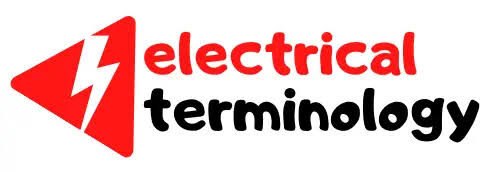What is Bypass Contactor and Its Use in a Soft Starter

What is Bypass Contactor?
The bypass contactor is an internal or external bypassing device that allows a soft starter to run continuously after the start cycle is completed. The bypass contactor closes after the motor’s starting period is completed and opens after a stop or fault command is detected.
A bypass contactor diverts the current that flows through the soft starter switching circuits to minimize thermal build-up in the soft starter power electronics during the time that the motor is running. This provides maximum efficiency and extends the life of the soft starter switching elements as they only work during the start and stop cycles of the motor.

Soft starters may be internally or externally bypassed. External bypassed models have dedicated bypass terminals, which allow the soft starter to continue providing protection and monitoring functions even when bypassed via an external bypass contactor. The bypass contactor must be connected to the bypass terminals and controlled by the soft starter’s run output.

Why bypass contactors are AC-1 rated?
The bypass contactor should be AC-1 rated for the motor FLC. Because it makes its duty after the start. Inrush and switch fault currents do not pass through the contacts of the contactor at the start. Therefore, it can be selected according to the AC-1 utilization category.
What are the benefits of a bypass contactor?
Using an internal or external bypass contactor has many advantages such as:
- Saves energy by eliminating thyristor losses during the run.
- Extends the lifetime of the thyristors.
- Causes fewer harmonics. Low-level harmonics occur only at the start.
- Dissipates less heat. Eliminates the need for extra cooling. This reduces the size of the cabinet.
- Allows more starts per hour for the motor.
- Saves installation time (for integrated bypass models)

What is the difference between line contactor and bypass contactor?
The bypass contactor is rated to handle the running current of the motor but not the starting current. The line contactor should handle both the starting and running current. The line (isolation) contactor is energized (closed) when the soft starter is operating and provides power to the windings of the motor. If a fault occurs isolation contactor opens and the motor stops.

 Best Electrical Tapes for Outdoor Use: Buying Guide
Best Electrical Tapes for Outdoor Use: Buying Guide  What is an Arc Flash Relay? How Does it Work?
What is an Arc Flash Relay? How Does it Work?  What is a Dual Function Circuit Interrupter? And Its Function
What is a Dual Function Circuit Interrupter? And Its Function  Advantages and Disadvantages of Incandescent Lamps
Advantages and Disadvantages of Incandescent Lamps  VFD Parts: A Guide to Their Essential Functions
VFD Parts: A Guide to Their Essential Functions  Applications of 3-Phase Induction Motors in Industries
Applications of 3-Phase Induction Motors in Industries